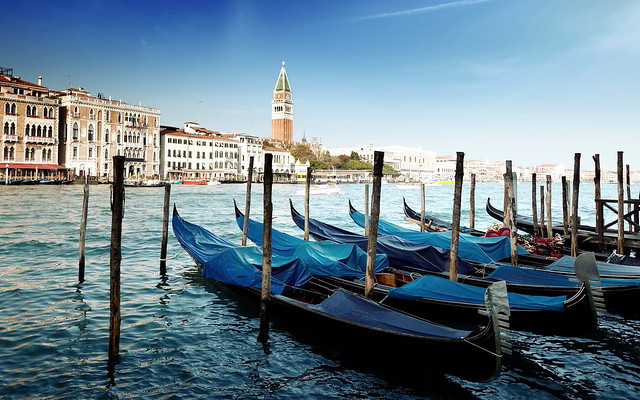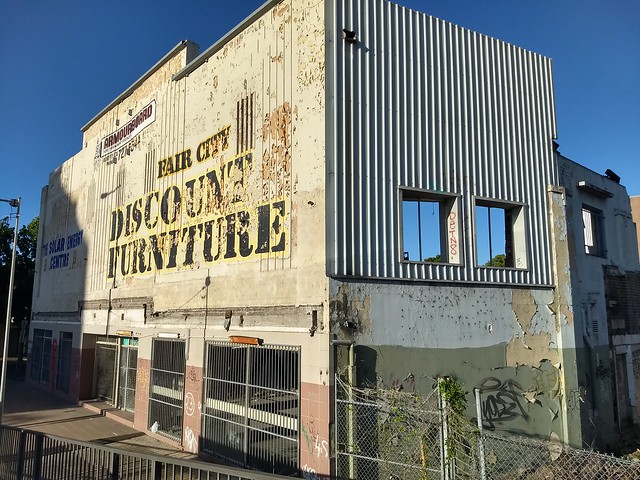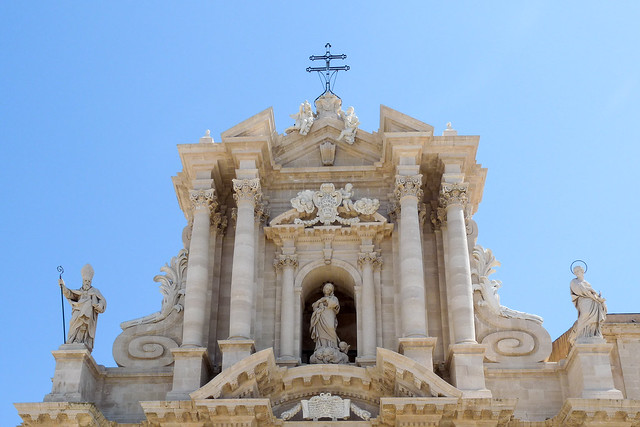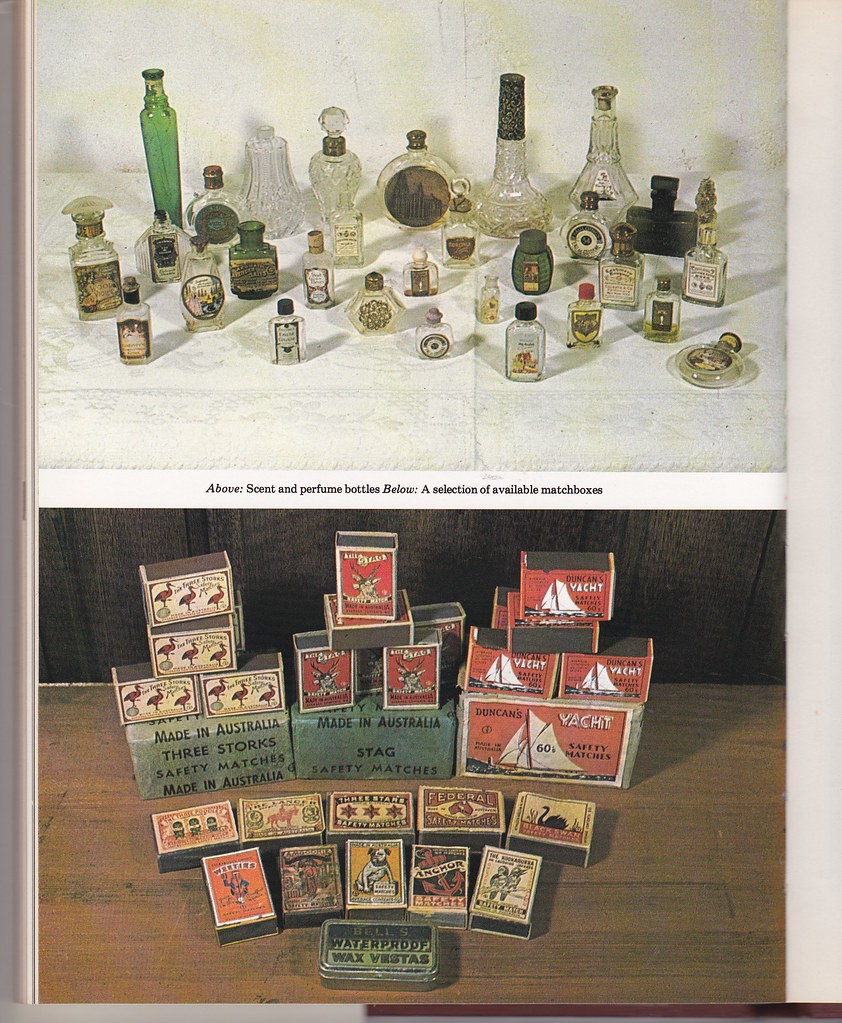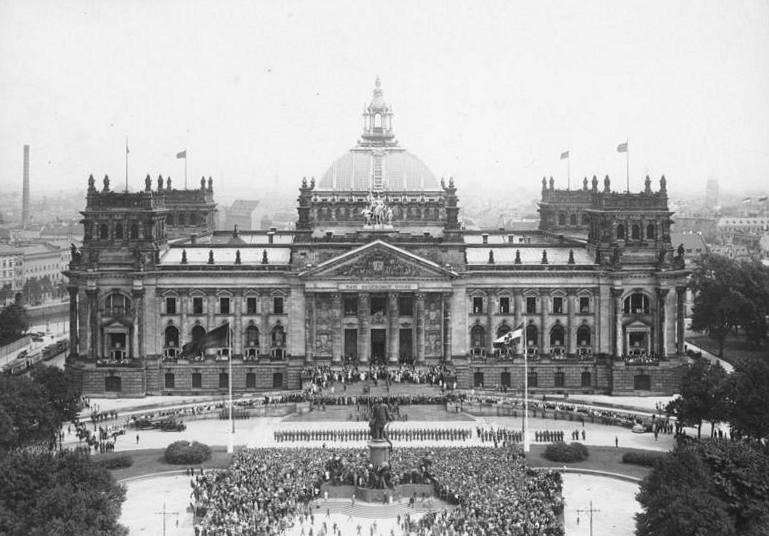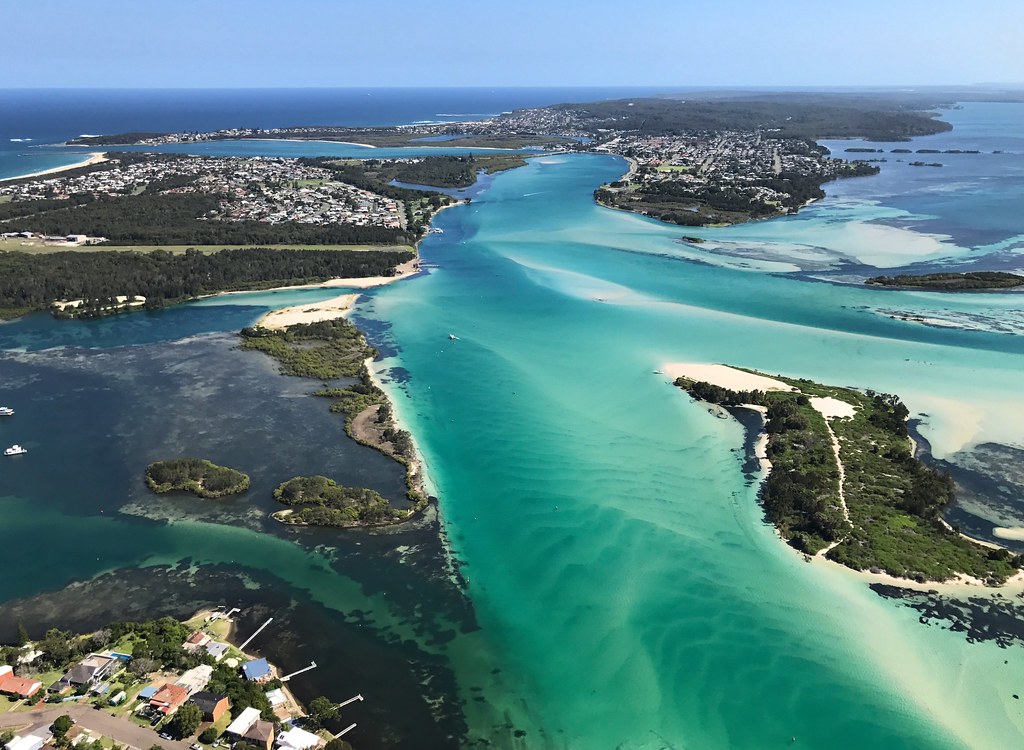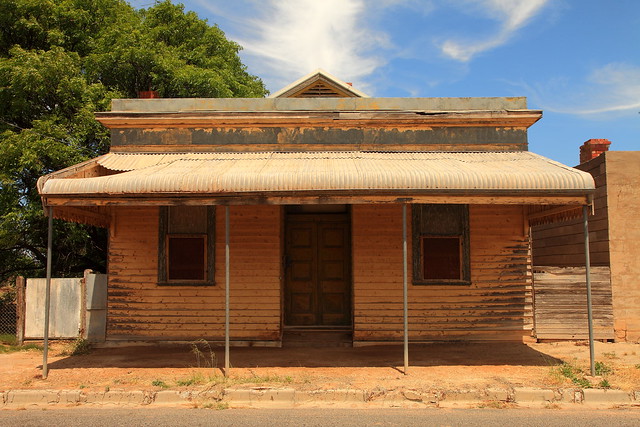 |
Published by Rigby Ltd. ISBN 0 7270 0714 9
by Brenda Marshall, Len Moore
Hardcover, 111 Pages, Published 1978 |
TO LOOK BACK with nostalgia on days gone by is a pastime for everyone who likes to dream. The memories contained within Grandma's General Store are a charming, whimsical source of a fast-fading part of Australia's past that will be enjoyed by everyone who reads them
In this book the authors have gathered reminders of the time when the general store was the centre of family life, the centre of gossip, the centre of all one's earthly needs. Remember Holloway's Ointment and Edison phonographs? Remember button boots and Mrs Potts irons and white peppermints in glass jars? It was at the store that you bought freshly-made pats of homemade butter the best of flannel for winter underwear the strongest of wooden washing tubs and glass scrubbing boards With its tallow pans and brass bedsteads, the general store was a place of dim and dusty chaos, finding room on its shelves to house Amgoorie tea, Pink Pills for Pale People Kewpie Kleanser, Monkey Brand soap and the Magneto Electric Machine

The contents of the general store encapsulated the habits and tastes of past generations of Australians, and this book spreads out on its pages colourful reminders of the curiosities of that slower, less congested time when horses' hooves set the pace and a halfpenny was never discarded.
 |
The ornate money till was worked by turning the handle at the side;
in front of it is the coloured glass inkwell and quill pen which recorded in
fine handwriting in the leather ledger the customer's purchases. Often the
storekeeper acted as the local letter writer |
Interspersed throughout the book are the reminiscences of people who worked in, or bought at their' general store and they speak with humour and nostalgia of the times they used to know. Brenda Marshall's text allows you to wander back through those shadowy rooms lit by the light of a kerosene lamp. and Len Moore's photographs vividly recreate an atmosphere which, sadly, the supermarkets can no longer provide


